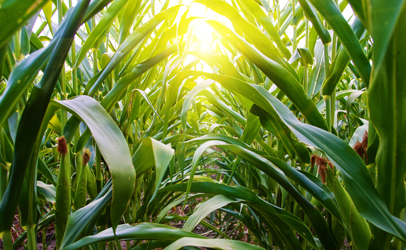The Complexities of Defining a “Farm” under FSMA
 What is a farm? The U.S. Food and Drug Administration (FDA) has learned in recent years that this isn’t an easy question to answer.
What is a farm? The U.S. Food and Drug Administration (FDA) has learned in recent years that this isn’t an easy question to answer.
The agency has had to define “farm” for the Food Safety Modernization Act (FSMA) because farms are subject to the law’s produce safety rule but not the preventive controls rules.
According to the rules for preventive controls in human and animal food, which were finalized at the end of August, there are two types of farms.
The first is a “primary production farm.” This is an operation under one management in one general, but not necessarily contiguous, physical location devoted to the growing of crops, the harvesting of crops, the raising of animals (including seafood), or a combination of those activities.
Jenny Scott, a senior advisor at FDA’s Center for Food Safety and Applied Nutrition, told attendees of a public meeting held Oct. 20 on the finalized preventive controls that FDA made several changes to the definition first put forward in the proposed rules in response to stakeholder concerns.
The definition originally used the word “facility,” but this was confusing because companies that have to register with FDA as a food facility are subject to the preventive controls requirements. “Establishment” (used in the supplemental language) didn’t work either, so FDA settled on “operation.”
There were also concerns that a farm had to be “under one ownership” because many farmers are tenants of the land and some are run by cooperatives.
“We have changed this definition to better reflect the wide set of arrangements under which farms operate,” Scott said.
Finally, “not necessarily contiguous” replaced “one general location” because farms might be separated by a road or a parcel of land owned by someone else.
A primary production farm can also pack or hold raw agricultural commodities (RACs) and process, pack, or hold processed foods as long as they are consumed on that farm (or another farm under the same management), or the processing falls into limited categories.
One such category is drying or dehydrating RACs to create a distinct commodity, such as producing raisins from grapes. These categories also include treatment to manipulate the ripening of raw agricultural commodities, such as treating produce with ethylene gas, and packaging and labeling.
The finalized preventive controls rules also include another type of farm. This is a “secondary activities farm,” which is an operation not located on a primary production farm and devoted to the key farming operations of harvesting, packing, and/or holding of raw agricultural commodities.
But the primary production farm(s) that grow, harvest, and/or raise the majority of the raw agricultural commodities harvested, packed, and/or held by the secondary activities farm must own, or jointly own, a majority interest in these secondary activities farms.
A secondary activities farm can also conduct the limited processing activities allowed on a primary production farm.
Examples of secondary activities farms include off-farm packinghouses and off-farm hullers and shellers.
“Stakeholders informed us that some farms have a packinghouse that’s still part of its operation, but it’s far enough away that it couldn’t really be considered part of the same general physical location,” Scott said, adding, “Also, we heard that farms pool their resources to build a packinghouse” where they share expensive equipment.
Dan McChesney, director of the Office of Surveillance and Compliance in FDA’s Center for Veterinary Medicine, said at the public meeting that the inclusion of a secondary activities farm is not as important to the animal food.
A farm can have its own feed mill as long as all of the feed produced is for its own animals, McChesney said. If farmers start selling or even giving feed away, they’d probably have to register as a food facility and be subject to the preventive controls rules.
For anyone still confused about whether their business activities would require registration or not, FDA is working on a guidance document to provide greater detail. Scott said this guidance, which “will probably go into clearance fairly soon,” will be available for public comment.
Scott, McChesney and other FDA officials also directed complicated questions about whether or not an operation qualifies as a farm, or would have to register as a food facility, to the FSMA Technical Assistance Network.
(To sign up for a free subscription to Food Safety News, click here.)